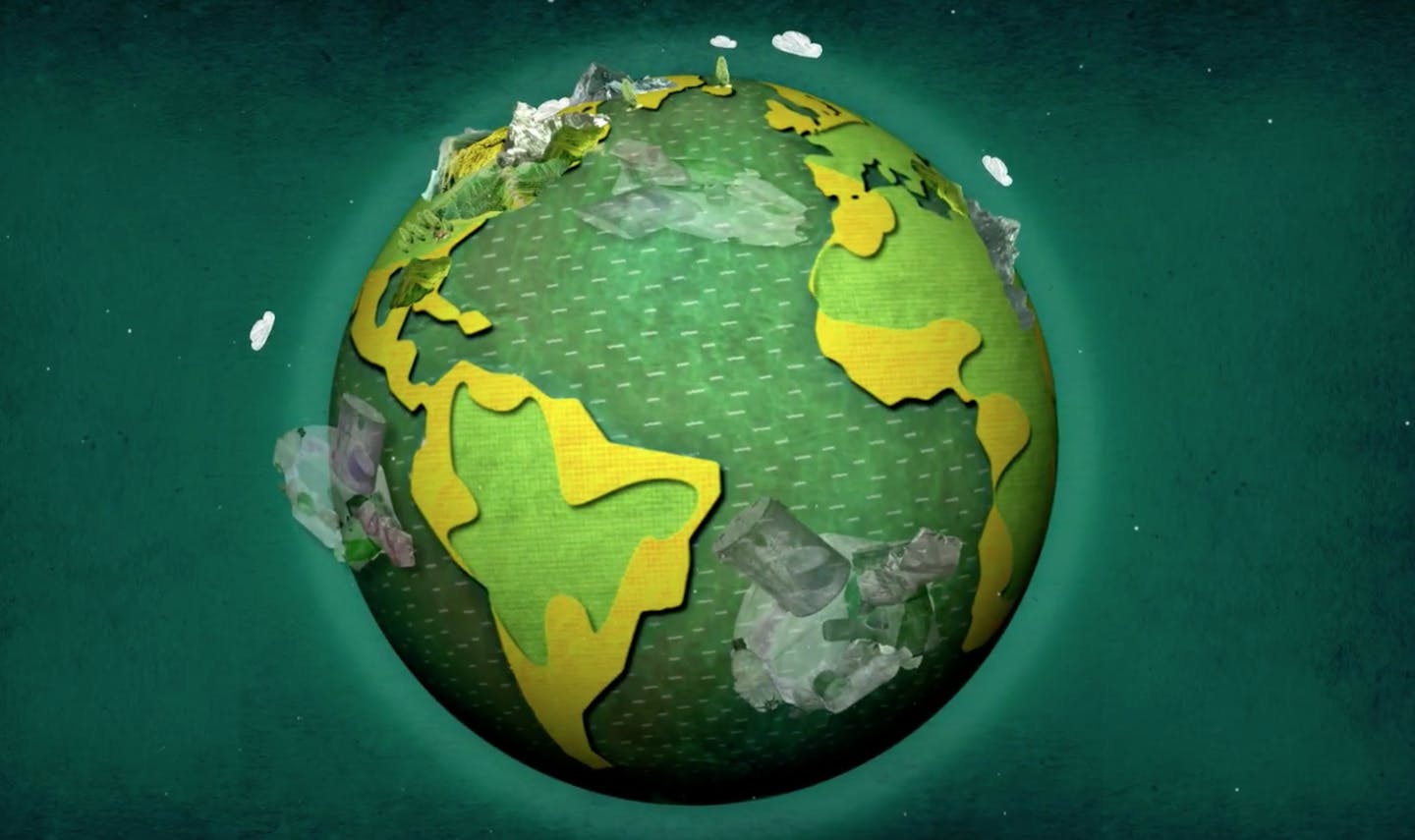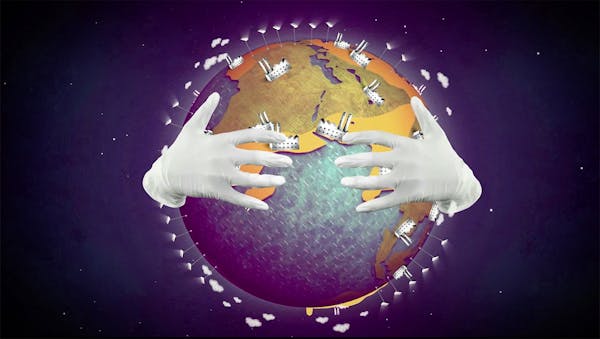Marine geoengineering: a dangerous distraction from real climate action
Proposals to ‘geoengineer’ marine ecosystems, whether floated on claims to tackle climate change, boost fisheries or even ‘restore ecosystems’, have raised concerns among scientists for as long as they have been conceived. The term ‘marine geoengineering’ covers a diverse array of ideas, ranging from proposals to change ocean chemistry on a vast scale, through schemes to alter circulation patterns, to attempts to reflect more sunlight back from the ocean surface or the clouds above it.
What they all share is the notion that we can deliberately manipulate natural systems, already under pressure from human activities, with the intent to engineer ‘benefits’ for society. In that endeavor, what is all too often lost is an appreciation that our oceans are complex and delicately balanced living systems, not simply volumes of water in which we can predictably ‘tune’ the physics, chemistry or biology to our own ends.
Perhaps the best known and most widely researched marine geoengineering concept is ocean fertilization, the idea that, by adding iron or other nutrients to surface waters, we can stimulate the growth of the tiny algae (phytoplankton) which will then absorb more carbon dioxide from the atmosphere and carry a proportion of that into the deep sea when they sink and die. As an idea, it seems appealingly simple.
The reality is anything but.
Smaller scale experiments conducted since the 1990s have revealed that, while it is undeniably possible to boost algal growth at the ocean surface by adding iron, this is where the certainty ends. In some cases, artificially added nutrients can cause fundamental shifts in species of algae, with the potential to alter the whole food web that they support, from the smallest invertebrates to the great whales.
At the same time, the evidence that these artificial ‘blooms’ could lock significantly more carbon away in the deep ocean remains thin or non-existent. In essence, it is a concept in the realms of unverifiable claims and potentially irreversible (though perhaps also unattributable) damages.
What had for decades been largely an academic debate became an issue of serious regulatory concern just over 10 years ago when a number of private companies announced plans to carry out ocean fertilization ‘experiments’ over large areas of the open ocean, in some cases linked directly to commercial carbon credit markets.
In 2007, under an international body charged with prevention of marine pollution (The London Protocol), governments from around the world issued a formal ‘statement of concern’ about the possible implications of deliberate ocean fertilization. They warned of the potential for harmful algal blooms, loss of oxygen from deeper waters, greater releases of other greenhouse gases and effects on nutrient supply and ecosystem health even far down-current from the areas fertilized.
In the following year, those same governments agreed that ocean fertilization should not be allowed, other than for tightly controlled ‘legitimate scientific research,' and have since set their sights on regulating other marine geoengineering activities as they emerge.
And emerge they will. Already there are proposals to seed ocean clouds with seawater sprays, artificially pump nutrient-rich deep water to the surface on a massive scale or even to cover seawater with foams and sea ice with tiny glass beads in an attempt to make them more reflective. A report published earlier this year by a group of scientific experts established under the United Nations (GESAMP) catalogues 27 different marine geoengineering techniques, and urges a precautionary approach to their assessment and regulation.
The key to addressing climate change lies not in the sea, but with deep and urgent cuts to greenhouse gas emissions at source. The fact that large-scale manipulations of the environment are being contemplated at all serves to emphasise that urgency.
Our oceans and coastal seas are a vital element of the carbon cycle, and unquestionably play a critical role in keeping carbon out of the atmosphere, but they do that best when we protect them and allow them to recover and flourish naturally, rather than attempting to bend them to our will through the cold logic of geoengineering.





